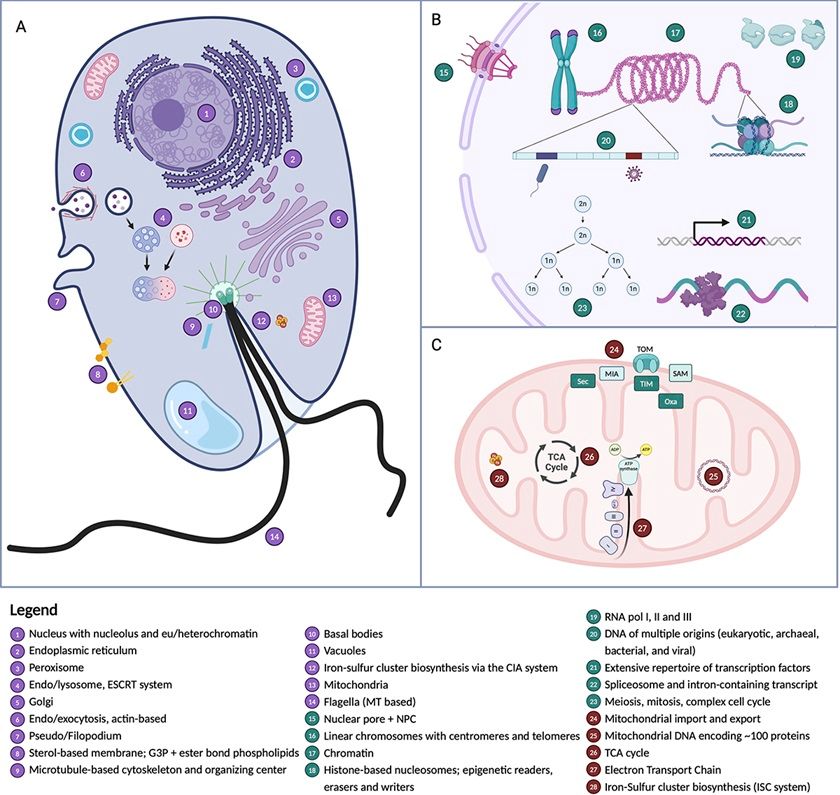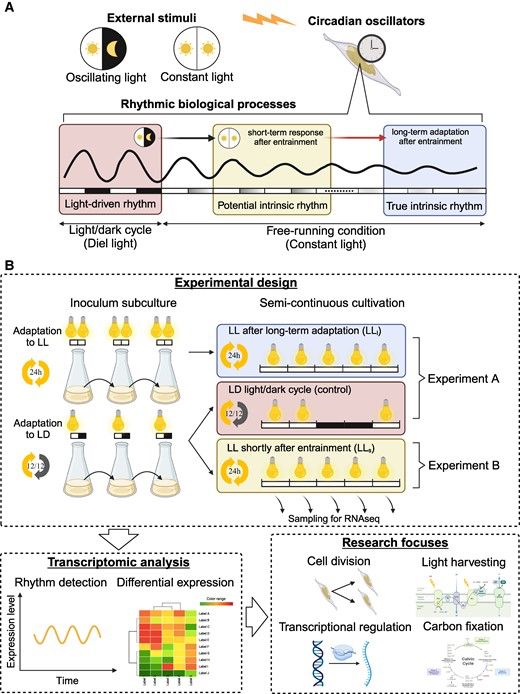
Group pic SAME18!
01.10.2025 17:56 — 👍 37 🔁 19 💬 0 📌 2@jfburp.bsky.social
Microbial ecologist, protistologist (ICM-CSIC, @icmcsic.bsky.social), rugby fan and photo geek.... Between Auvergne and Spain

Group pic SAME18!
01.10.2025 17:56 — 👍 37 🔁 19 💬 0 📌 2
🎨 Theming got a huge overhaul with the latest #ggplot2 release. In honour of that @teunbrand.bsky.social has written a comprehensive deep-dive into styling your plots, covering both old and new functionality. Grab a coffee and dive in!
#rstats
Eukaryotic phytoplankton drive a decrease in primary production in response to elevated CO2 in the tropical and subtropical oceans
doi.org/10.1073/pnas...
Happy to share the preprint of our work on rain #eDNA to study tropical forest biodiversity 🌧️🧬🌴
28.02.2025 17:46 — 👍 6 🔁 6 💬 0 📌 0
Symbionts of predatory #protists are widespread in the oceans and related to animal pathogens #symbiosis https://www.sciencedirect.com/science/article/pii/S1931312825000277
17.02.2025 14:00 — 👍 11 🔁 2 💬 0 📌 0
Global population structure of a unicellular marine predator
www.biorxiv.org/content/10.1...

What did the Last Eukaryotic Common Ancestor (#LECA) look like? Consensus View in #PLOSBiology; massive authorship including @AncestralState, @lauraeme.bsky.social, John Archbald, @andrewjroger.bsky.social, @dackslabecb.bsky.social, Jeremy Wideman. plos.io/4g0alq4
25.11.2024 19:29 — 👍 253 🔁 101 💬 6 📌 14
An undiscovered circadian clock to regulate phytoplankton photosynthesis
academic.oup.com/pnasnexus/ar...

Some do like it COLD, like -1.5° cold: big tintinnid ciliate in its fancy lorica from the Arctic at 75°N #protistsonsky
23.11.2024 10:20 — 👍 35 🔁 5 💬 0 📌 0
‘A place of joy’: why scientists are joining the rush to @bsky.app
22.11.2024 12:19 — 👍 4 🔁 1 💬 0 📌 0
"Openly available illustrations as tools to describe #eukaryotic #microbial #diversity" a much-needed aid for microbiology educators, too!!! Thank you,authors
#phytoplankton #protist #algae #education #biodiversity #limnology #oceanography #soil #marine #freshwater
journals.plos.org/plosbiology/...
Stable dominance of parasitic dinoflagellates in Antarctic sponges
peerj.com/articles/183...

Non-photosynthetic lineages sibling to Cyanobacteria associate with eukaryotes in the open ocean www.sciencedirect.com/science/arti...
21.11.2024 17:22 — 👍 2 🔁 0 💬 0 📌 0
The global mass and average rate of rubisco www.pnas.org/doi/10.1073/...
21.11.2024 10:06 — 👍 1 🔁 1 💬 0 📌 0
"i'm sorry i used your pipette i thought it was mine"
21.11.2024 07:26 — 👍 82 🔁 6 💬 2 📌 1
Changes in Arctic Ocean plankton community structure and trophic dynamics on seasonal to interannual timescales bg.copernicus.org/articles/21/... #jcampubs 🌊
14.11.2024 14:19 — 👍 11 🔁 2 💬 0 📌 0
Migrating is not enough for modern planktonic foraminifera in a changing ocean www.nature.com/articles/s41... #jcampubs 🌊
14.11.2024 14:24 — 👍 16 🔁 7 💬 0 📌 1
Learn about the Plankton Manifesto!
doi.org/10.1093/plan...